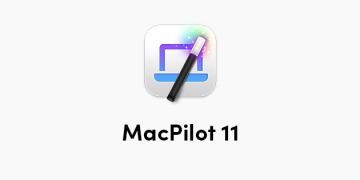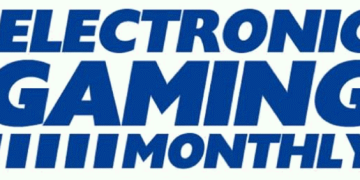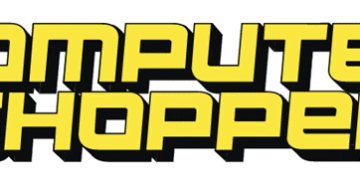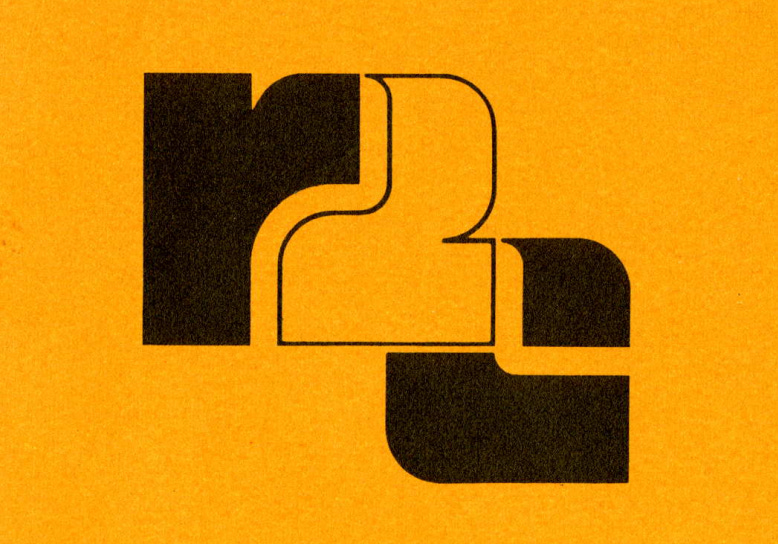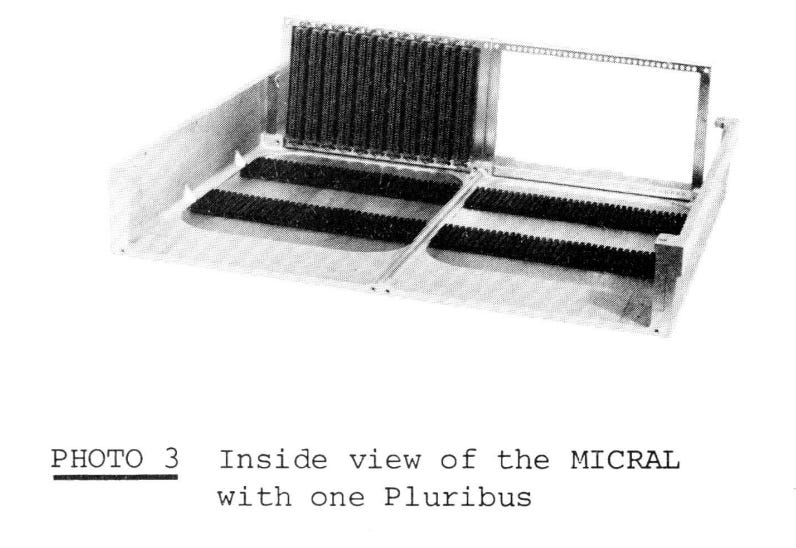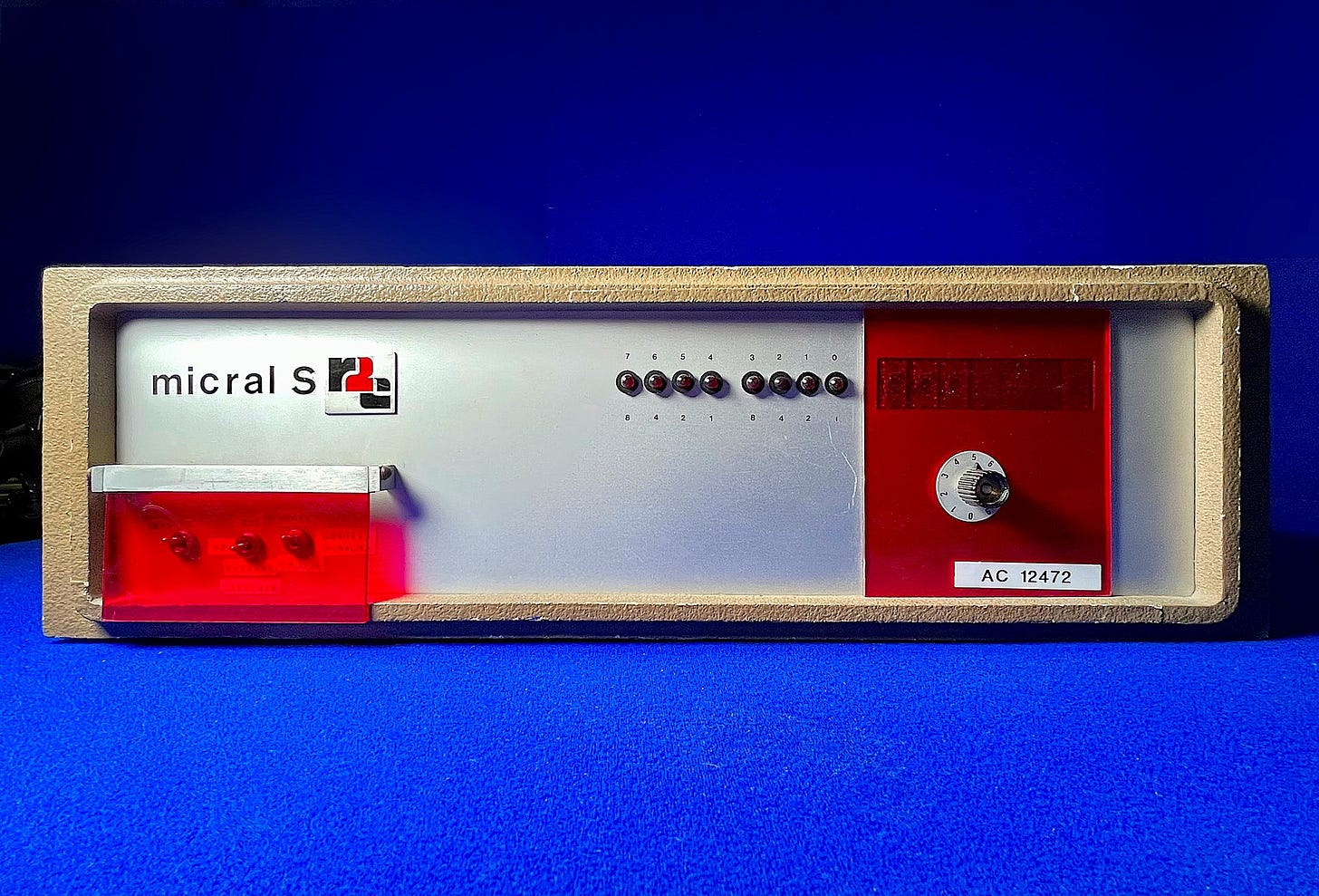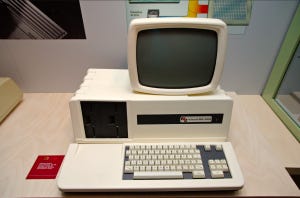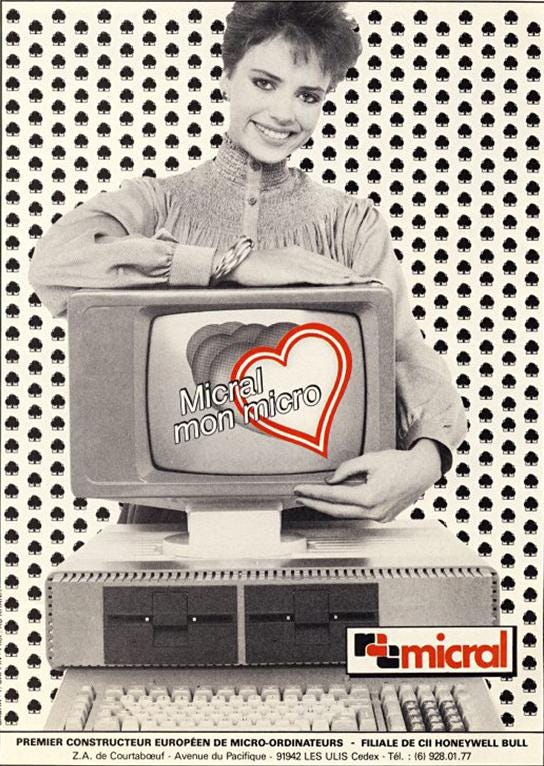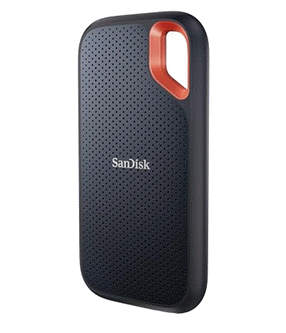2025-06-04 14:15:00
www.abortretry.fail
André Truong Trong Thi was born on the 30th of January in 1936 in what is today the Chợ Lớn quarter of Ho Chi Minh City. In early 1950, he moved to France at the age of 14. It’s easy to imagine that he and his family would be eager to leave Vietnam at this time. Ho Chi Minh had declared the independence of North Vietnam in September of 1945, and both the PRC and USSR recognized the DRV as the legitimate government of Vietnam in January of 1950. That war was on the horizon was easy to see. In France, Trong Thi studied at the École française de radioélectricité, graduated, and went to work for Schlumberger. While Schlumberger is now headquartered in Texas and involved in oil, at this time, the company was more involved in logging, surveying, and electrical measurement and mapping; their oil initiatives were just starting. Following his time at Schlumberger, Trong Thi went to work for the new Intertechnique company. Intertechnique specialized in electronics for aviation both on the ground and in the air, but the company’s expertise expanded to include controls and computers for nuclear energy, medicine, and industrial automation. This grew in importance and led to Intertechnique being the first European company to produce a mini-computer, the Multi-8, in 1969. Other than the Multi-8, control systems for Intertechnique’s customers were largely bespoke. Trong Thi saw a future where a standardized, small, affordable system could be made using a more open architecture.
In 1970, André Truong Trong Thi and Paul Magneron (director of sales at Intertechnique) founded Réalisation d’Études Électroniques, better known as R2E, in Orsay. In the early days of the company, they focused on electronic systems for use in the medical and nuclear energy fields; fields in which many early members of the company had expertise having worked for Intertechnique. Trong Thi and another employee at Intertechnique had visited the USA, and there they’d learned about the nascent IC industry. More specifically, they’d learned about Intel.
In 1972, Alain Perrier of the Institut national de la recherche agronomique, or INRA, needed a computer to assist in the measurement of evapotranspiration (movement of water from vegetation to the air). R2E was in a good position to complete and fulfill this request and thus began the Micral project in June of 1972. Trong Thi delegated the design and implementation to François Gernelle. For his part, Gernelle had left Intertechnique and joined R2E in 1971 specifically to get a chance to work with integrated circuits. The team for the project consisted of about four people including Gernelle, Alain Lacombe, Jean-Claude Beckmann, and a Mr. Benchetrit, and they were moving quite rapidly. In a cellar in the suburbs of Paris, they worked long days and delivered the Micral N in January of 1973.
The computer was built around the Intel 8008 operating at 500kHz and a 74-pin backplane bus called the Pluribus capable of accepting 11 cards. The Micral N could accommodate two Pluribuses, and when so configured could accept 22 cards. The Pluribus was mounted in a cast aluminum frame, and when assembled the computer measured 17.2 inches wide, 16 inches long, and 5.2 inches tall. The cards measured 8.3 inches long and 4.7 inches tall. Memory was added to the machine via Pluribus cards, and each card could carry 2K. The processor card carried the i8008, interrupt controller, real time clock, system ROM, memory controller, and I/O controller. The manual states that maximum memory was 16K. Early units in 1973 lacked an assembler; the boot ROM and other code was written on a Multi-8 and a cross-assembler was used. The very first Micral N was delivered on the 15th of January in 1973 making the Micral N the second microcomputer commercially available. The Q1 beat it by one month. The initial price of the Micral N was 8500 francs, torturously working through currency conversions and inflation this would be roughly $10,064 (unless I made a mistake somewhere). Only around 500 units were sold and these were primarily to INRA, Commissariat à l’énergie atomique et aux énergies alternatives (CEA), Crédit Agricole, and motorway toll companies.
In 1974, R2E released the Micral G. The system design was much the same but the i8008 was clocked at 1MHz and the base RAM was upgraded to 16K. Later that year, the company introduced the Micral S. This was much the same but used an Intel 8080 at 1MHz. These systems were also the first from R2E to include both an in-ROM monitor, Moniteur Micral 01 (MOMIC), and an assembler Assembleur Micral 01 (ASMIC). These inclusions allowed the machine to be shipped without all of the toggle switches on the front. From what I can tell, it was a Micral G that Trong Thi demonstrated at the National Computer Conference in 1976 in Chicago. Despite this microcomputer line being one of two in the industry, by the time of models G and S, paper tape punchers and readers, modems, teletypes, floppy disk drives, and other peripherals were available.
In 1976, R2E released the Micral M. This was a distributed system built of up to eight Micral S systems accessing shared common memory.
In 1977, the Micral C was introduced. This was a system built around an Intel 8080, 24K RAM, an integrated CRT, and two 5.25 inch floppy disk drives. Visually, it is reminiscent of terminals, but reminds me most of the Zenith Z89. The same year, the company launched the CZ which replaced the 8080 with a Zilog Z80.
The company diversified their offerings with the Micral V in September of 1977 (generally available in 1978). This was essentially a Micral G in a briefcase with 32K RAM standard but allowing up to 64K, a Shugart floppy disk drive, an ASCII keyboard, a Panaplex 480 character alphanumeric display offering 12 lines and 40 characters per line, and an integrated switching power supply. For peripherals, the machine had a Centronics printer port, and an external floppy drive adapter port.
On the software side of things, by this time SYSMIC had replaced MOMIC, and for their Micral M, they’d developed the real-time, multitasking, multi-user operating system, Prologue. Not content with assembler and Fortran, Joubert had written BAL (Business Application Language). This language would later become B2U (Business under UNIX) and see extensive use in the Italian banking sector.
By 1978, the company was 200 strong, they’d made amazing technology, written great software, and they’d failed to achieve enough sales to sustain themselves with shy of 2000 units in the wild. This brought about two partnerships. Honeywell-Bull provided the company with industrial design resources, manufacturing, and cash. General Electric provided cash and distribution channels.
The company developed more standardized models, won some rather large contracts, and sales exploded. From 1978 to 1981, the company’s lifetime sales reached nearly 90,000. From my understanding, the 80-22g became a common site the French school system.
In 1981, CII Honeywell Bull fully acquired R2E after R2E had merged with Transac and SEMS. André Rivière became the president of the company, and R2E was renamed Bull Micral in 1983. R2E employees suddenly found themselves in a multinational corporation with over 45,000 coworkers. Having always been a rather modestly sized operation, I cannot imagine this was an easy transition. That year, the Micral line gained the 8088 and 8086 CPUs (models 90-20 and 90-50 respectively), and a fully PC compatible machine was released in 1985 (Micral 30). The Bull Micral line ended in 1989 with the Micral 600 utilizing an 80386 clocked at 25MHz. The PC compatible line consisted of machines that were largely rebranded Taiwanese PC clones, and shared nothing with their predecessors. As Bull had acquired Zenith Data Systems, their PC compatibles gained the Zenith branding from 1989 onwards.
I now have readers from many of the companies whose history I cover, and many of you were present for time periods I cover. A few of you are mentioned by name in my articles. Also, for this particular article, my French isn’t as good as it once was, so please, all corrections to the record are welcome; feel free to leave a comment.
Keep your files stored safely and securely with the SanDisk 2TB Extreme Portable SSD. With over 69,505 ratings and an impressive 4.6 out of 5 stars, this product has been purchased over 8K+ times in the past month. At only $129.99, this Amazon’s Choice product is a must-have for secure file storage.
Help keep private content private with the included password protection featuring 256-bit AES hardware encryption. Order now for just $129.99 on Amazon!
Help Power Techcratic’s Future – Scan To Support
If Techcratic’s content and insights have helped you, consider giving back by supporting the platform with crypto. Every contribution makes a difference, whether it’s for high-quality content, server maintenance, or future updates. Techcratic is constantly evolving, and your support helps drive that progress.
As a solo operator who wears all the hats, creating content, managing the tech, and running the site, your support allows me to stay focused on delivering valuable resources. Your support keeps everything running smoothly and enables me to continue creating the content you love. I’m deeply grateful for your support, it truly means the world to me! Thank you!
|
BITCOIN
bc1qlszw7elx2qahjwvaryh0tkgg8y68enw30gpvge Scan the QR code with your crypto wallet app |
|
DOGECOIN
D64GwvvYQxFXYyan3oQCrmWfidf6T3JpBA Scan the QR code with your crypto wallet app |
|
ETHEREUM
0xe9BC980DF3d985730dA827996B43E4A62CCBAA7a Scan the QR code with your crypto wallet app |
Please read the Privacy and Security Disclaimer on how Techcratic handles your support.
Disclaimer: As an Amazon Associate, Techcratic may earn from qualifying purchases.














